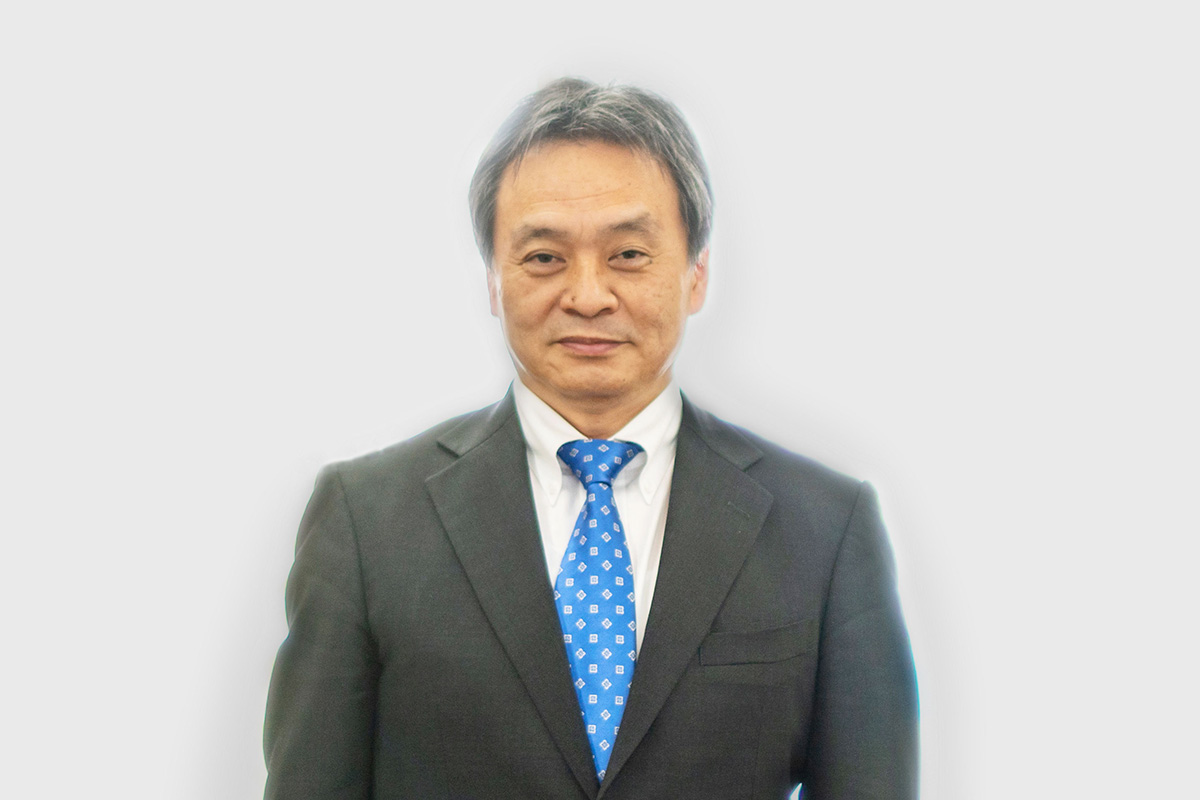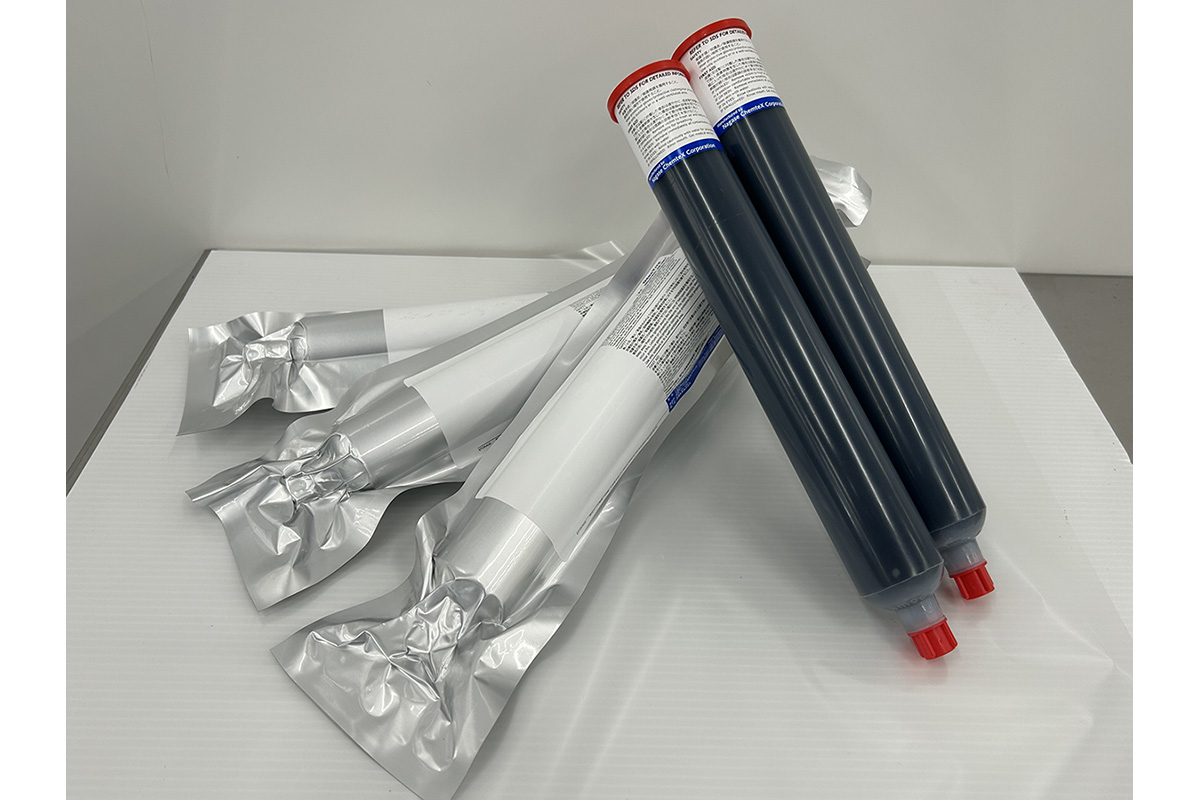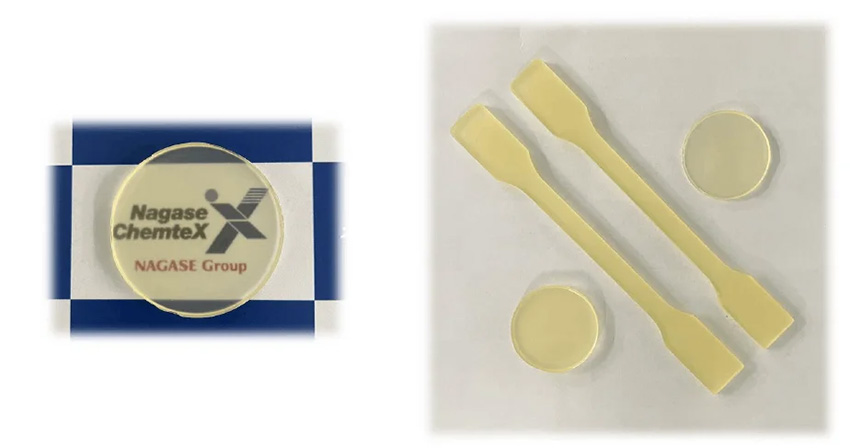By unveiling its groundbreaking Biodegradable Super Absorbent Polymer, Nagase ChemteX Corporation demonstrates its pioneering spirit as a global leader in industrial chemical solutions.

It is our view that Japan is at a very exciting time for manufacturing. On one hand, we have had major supply chain disruptions in the last three years, caused by the COVID-19 pandemic as well as tension from the China-US decoupling situation. As a result, we are seeing many multinational groups try to diversify their supply chains with a focus on reliability. This is where Japan can enter; a country known for decades of high reliability, trustworthiness, and short lead times when it comes to production. Now, with a depreciated JPY, it is our view that there's never been a more opportune moment for Japanese manufacturers to meet the pressing needs of this macroeconomic environment. Do you agree with this premise, and why or why not? What do you think are the advantages of Japanese firms in this current economic environment?
I do agree with your premise, but there are some differences depending on the industry or business type. Regarding the key advantages of Japanese suppliers, I believe it comes down to technology. As you mentioned, we are seeing the decoupling situation between the US and China as well as the supply chain disruptions in the aftermath of COVID-19. In that context, global markets are now looking for reliable suppliers and I think that technology speaks to reliability. I believe that Japanese people have a high level of integrity, and I believe that this feature has drawn attention from the international market.
In terms of technology, Japan has a very good set of skills, ranging from basic ones to more advanced areas. As a supplier, we are no different and possess very sophisticated skills. I think this is why Japanese makers are highly regarded as suppliers and this allows them to provide international clients with a sense of assurance or security.
Another advantage that Japan has is its geopolitical situation. The country is known to be quite safe and secure, so it means we can ensure the stability of production and supply them to overseas markets without fear of political intervention.
Japan is known to have an aging population with a low birth rate. Experts are predicting that Japan's population will drop to under 100 million by 2050. This raises several issues including a shortage in labor and a shrinking domestic market. How are you reacting to this demographic shift and to what extent do you believe you need to look to overseas markets to secure your future business continuity?
As you mentioned, the domestic market is indeed going to shrink, so we do need to look at overseas markets for future growth. Our company is now considering several initiatives to do that.
Can you elaborate more on those initiatives?
We are not talking about specifics here, but we are considering having an operational base overseas, however, as I mentioned, other countries might have geopolitical risks that come with the territory or culture. The correct approach might be to produce in Japan and then export to these countries for distribution, thus allowing us to mitigate potential geopolitical issues. Different areas will have different strategies that we need to consider. Based on those strategies we would like to take action and within our company discussions are now being had on where first to expand.
During many of our interviews, we hear about the importance of partnerships and local distributors as a way of unlocking new potential regions and markets. What role does partnership play in your business model and are you looking for any new partnerships in overseas markets?
Looking at the overseas market the needs of the customers have advanced very well and are changing quite fast. It is becoming very challenging to address those needs just by using our technology only, therefore it is very important to work with a partner in this context. There are two directions we are taking in terms of going to overseas markets and finding a partner. Firstly we want to bring overseas technology to Japan and find a partner to help expedite that. I think a good example of overseas technology would be conductive coatings. We have partnered with an overseas company to bring that technology to Japan and in fact, we have been successful in producing novel products using this technology in the Japanese market. We are also looking for partners to help us reach overseas markets ourselves, for example, in China. There we are working with a local company to establish a joint venture. It is case-by-case, but honestly, in any case, partnerships are very important to our business model.
We know that while your company is based in Japan, you have bases all over the US, Europe, and Asia. In 2017 you acquired shares in INKRON, and in 2023 you divested the biochemical business into Hayashibara. Where would you like to continue your international expansion next? What locations are you focusing on and what type of strategies will you employ to do so?
As mentioned earlier, we acquired shares of INKRON. Additionally, as part of NAGASE Group's strategy to strengthen technology and development in the field of biochemical business, we divested the biochemical business of Nagase to Hayashibara. By doing so it has allowed us to just focus on the chemicals field.
Now within the NAGASE Group, we have two specialized companies: Nagase ChemteX specializing in chemicals, and Hayashibara specializing in biochemicals. At this moment we are considering the strategies in all directions, but we, as Nagase ChemteX, do feel that the core area is going to be semiconductors. Based on this hypothesis we are looking for regions or places where we are best able to cater to the semiconductor industry. Of course, this is going to be a case-by-case situation and even product-by-product, but considering the future of our business, if we can identify any particular region or country that would benefit us then we will actively enter that market, however, this expansion will be a step-by-step process. Once we found the correction location for our firm we would like to make up in taking action.
You sell your products to a wide range of industries such as electronics, automotive, food, lifestyle, and many more. Among all of these industries, which do you believe has the most potential for future growth? Are there any new industries or areas you would like to cater your products to move forward?
We believe semiconductors and mobility are two areas where we see potential growth, so we would like to catch up with the developments in these two areas so that we can expand our business. As for new applications, there is no specific industry, but I believe there is demand for eco-friendly chemical products, and that demand will continue to increase going forward. We would like to place a focus on the environment when we proceed with developments.

Liquid Molding Compound.
The increased adoption of AI in a wide range of industries like automotive, IT, or electronics is one aspect that is driving demand for semiconductors right now. As AI applications require powerful semiconductor chips to process large amounts of data, makers are expected to almost triple their manufacturing capacity. What do you expect to see from this increase in capacity for semiconductor manufacturing and do you have any key products for the semiconductor industry that you would like to showcase for us?
We do expect an increased demand for semiconductors, and we supply the process materials for manufacturing semiconductors as well as the encapsulants for those semiconductors. These are all considered indispensable materials to the production of semiconductors, so as the demand for semiconductors increases, so will the demand for our products.
Semiconductors as a whole have continued to advance a lot, and the technology behind them will allow for higher performances in the future. Over time the semiconductor packaging specifications have changed, and those changes are going to continue. Heterogeneous Integration (HI) is going to be a big trend.
HI is a new way of packaging the chips. There was a pioneering method for packaging known as fan-out wafer-level packaging (FOWLP), and that was required for the advanced integration of semiconductors, and compared to conventional methods this was highly efficient. To achieve this packaging method, we supply liquid encapsulants to the advanced semiconductor field which is a niche field but we have a large share. As the advancements in semiconductors go higher then the need for our products will also increase.
Earlier you mentioned the automotive field, a sector that is seeing a once-in-a-lifetime change with the switch to EVs. Among all the changes, the ones that are mentioned the least are the changes in materials, which are some of the most substantial changes. Automakers are moving away from heavy materials such as iron towards more lightweight ones such as carbon-fiber-reinforced polymers as well as different types of resins. Due to the changing of the materials, the binding requirements are very different, something that will affect your firm. Can you tell us about any new products you've developed to cater to the changes currently underway in the automotive industry?
Manufacturers of cars are indeed looking towards lightweight materials like CFRP, and in fact, the use of regular carbon fiber has been prevalent for some time now. To make carbon fiber molded products, you need to make what is called “prepreg” which is made by impregnating carbon fiber with binder resin. We supply unique binder resins which include a thermosetting epoxy resin with thermoplastic characteristics, to prepreg manufacturers. These resins can be thermally cured while being impregnated into prepreg-like thermosetting resins. Additionally, they have thermoplastic characteristics that allow them to be softened and shaped by a second thermal process.
With the growing demand for weight reduction and higher functionality, there is an emerging need for new adhesives. In most cases, adhesives are used to bond similar materials together, such as steel to steel. However, current demand necessitates adhesives capable of bonding different materials, like steel to plastics. To do so stronger adhesives between different materials are demanded, so as a company, we succeeded in developing new adhesives to cater to these new and emerging demands and started to supply to our customers.

Bio-based epoxy resin “DENATITE ASA-8102” cured product.
Japan is known for its ability to develop new products and cater to ever-evolving needs. What is the current focus of your R&D efforts right now? Are there any new products or developments that you would like to showcase for us today?
The current focus of our R&D is centered around materials for the semiconductor industry because the demands there are increasing, and performance is progressing and advancing daily. The demands for high-performing materials are always needed so we need to catch up with the changing demands or advancements of the industry. We are trying to respond to the client's needs promptly by enhancing our technology for manufacturing. As for the developments, it is a part of our R&D philosophy to always consider how the customers use the materials we supply, particularly what our customers are manufacturing with those materials. Understanding these background elements behind the manufacturing processes that our customers use is very important in catering to their specifications. We've even gone as far as installing various process and evaluation equipment such as a molding machine here so that we can test under the same environment as our clients. Based on that experience we can propose better solutions to the clients, so in a sense, we are providing our clients with a holistic solution rather than just materials. This is why we built the Nagase ChemteX Process Innovation Center near here in 2019, and it helps to invite clients to come to the center to see our development processes with their own eyes.
I do have a product in development that I would like to showcase today, and that is our Biodegradable Super Absorbent Polymer. We have been developing this material by taking advantage of NAGASE Group's technologies related to sugar chemicals and enzymes. NAGASE Group including us has also utilized our own processing and marketing ability to develop and launch this product in the near future. Conventionally when it comes to absorbent material you have to use polyacrylic acid (PAA), but this acid is not biodegradable. For this particular polymer, we used biodegradable bio-based material, so we believe there is great promise with this product. It can be applied for products such as diapers, all the way to the agricultural field. I believe it can even be used for cosmetic ingredients. Diapers in particular are a good use case, since conventional diapers require burning after use, a practice that is harmful to the environment. Since our material is biodegradable it is very eco-friendly, so I think this is something that customers will appreciate.
Imagine that we come back in five years and have this interview all over again. What goals or dreams do you hope to achieve by the time we come back for that new interview?
I've talked today about our strategies regarding the semiconductor field as well as our new biodegradable material, so in five years I would like to see some growth in those areas. I would like to share the sense of achievement with my employees so that we can celebrate these achievements together. I would like every member of our Nagase ChemteX family to feel like they have contributed to the growth of the firm. If that can happen, I would feel very happy about the culture we have created here at our firm.
For more details, explore their website at https://group.nagase.com/nagasechemtex/en/
0 COMMENTS